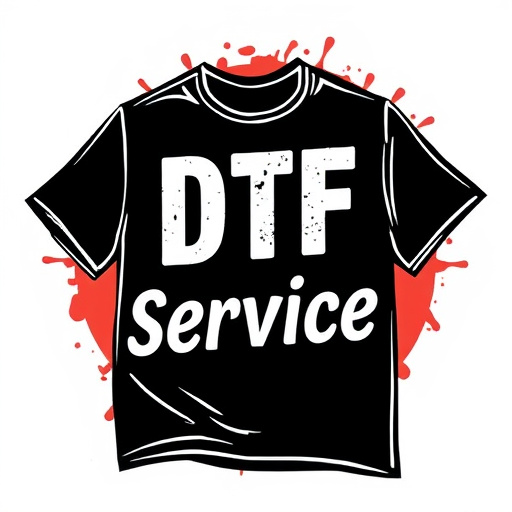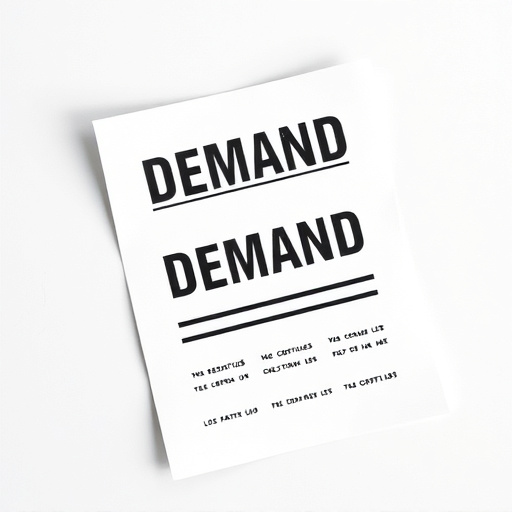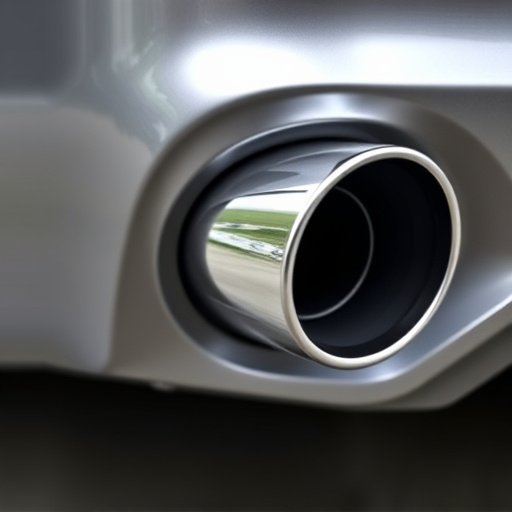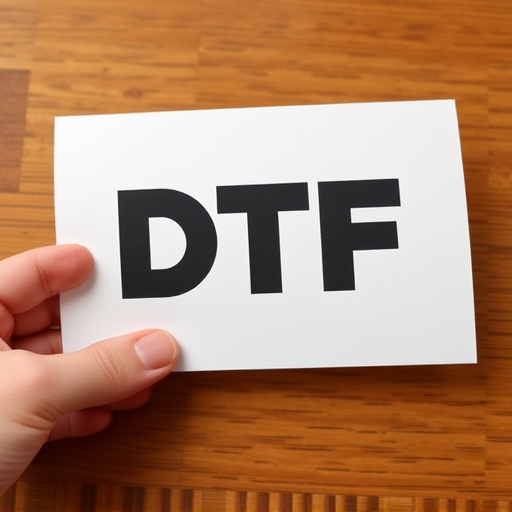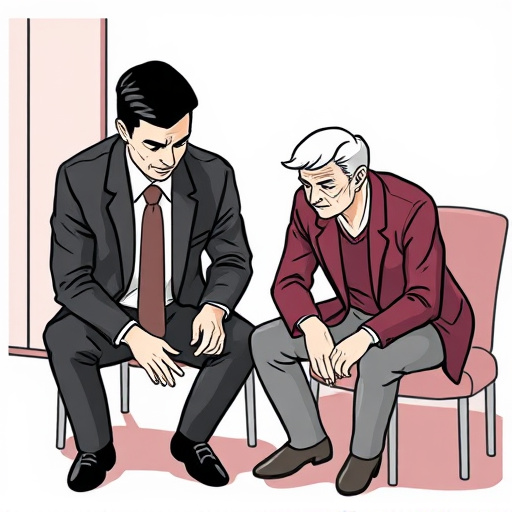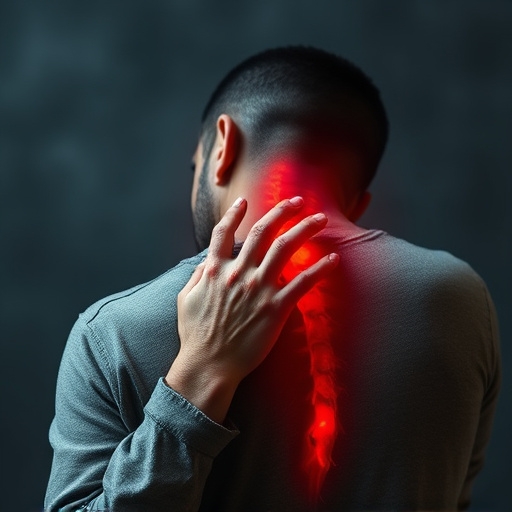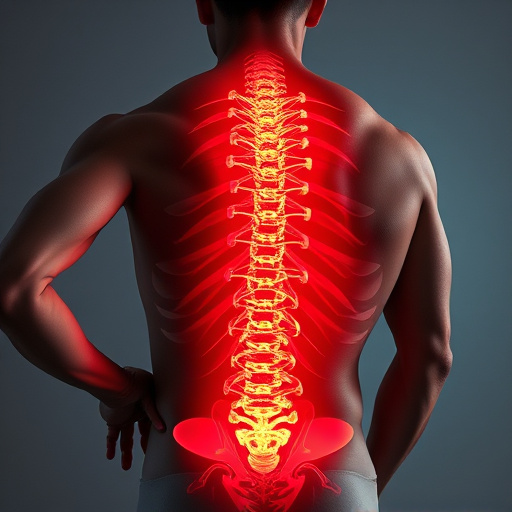Pinched nerves, caused by pressure on spinal nerves, lead to pain, numbness, or weakness, triggered by poor posture, injuries, or occupational risks. Chiropractic care, diagnostic tests, and therapeutic exercises aid relief. Early intervention, rest, ice therapy, NSAIDs, physical therapy, and muscle strengthening are vital for lasting pinched nerve relief and faster recovery.
Do you suffer from tingling, numbness, or sharp pain caused by a pinched nerve? Understanding the causes behind this common issue is the first step towards finding relief. This article delves into the intricacies of pinched nerves, exploring their various causes and offering practical strategies for effective management. From identifying symptoms to understanding nerve compression and discovering natural remedies, you’ll gain valuable insights into achieving lasting pinched nerve relief.
- Understanding Pinched Nerves: Causes Explained
- Diagnosis and Assessing Nerve Compression
- Strategies for Effective Pinched Nerve Relief
Understanding Pinched Nerves: Causes Explained
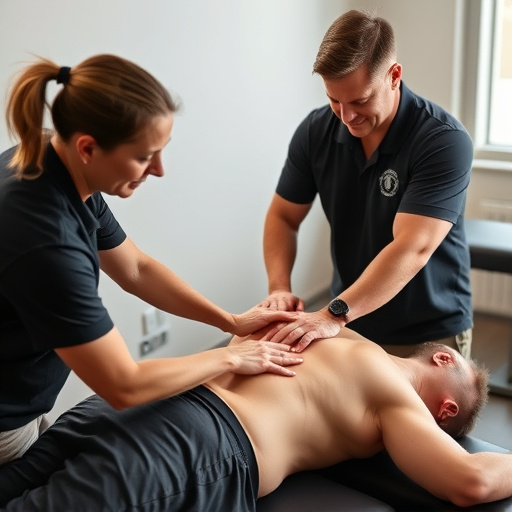
Pinched nerves, also known as compressed or entrapped nerves, are a common issue that can lead to pain, numbness, and weakness in various parts of the body. Understanding what causes these pinched nerves is crucial for finding effective relief. One of the primary culprits is physical pressure on a nerve where it branches out from the spinal cord. This compression can occur due to several factors, such as poor posture, repetitive motions, or injuries like sprains and strains.
Chronic conditions like arthritis or osteoporosis can also contribute to pinched nerves by weakening bones and leading to structural imbalances in the body. In some cases, a sudden impact during an auto accident recovery or other traumatic events may cause nerve compression. Additionally, certain occupations that require prolonged periods of sitting or repetitive tasks can increase the risk of developing pinched nerves. Chiropractic care has been shown to be effective in mobility improvement and managing symptoms associated with pinched nerve relief.
Diagnosis and Assessing Nerve Compression
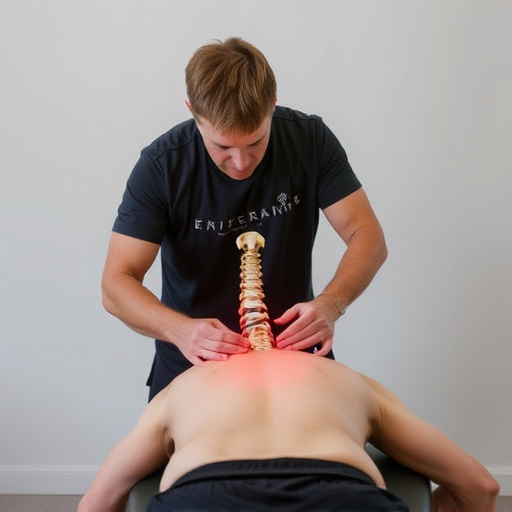
Diagnosing a pinched nerve involves assessing where and how the compression is occurring. This process often begins with a detailed medical history, including any recent injuries or repetitive motions that might have contributed to the issue. A healthcare professional may perform physical examinations, checking for tenderness, swelling, or reduced range of motion in the affected area. They may also order imaging tests like X-rays, MRIs, or ultrasounds to visualize the nerve and surrounding structures, helping to confirm the diagnosis and identify the source of compression.
Therapeutic exercises, post-injury care, and proper management of underlying conditions can all play crucial roles in achieving pinched nerve relief. Early intervention is key; addressing the issue promptly can prevent further damage and promote faster healing. Accurate assessment ensures that the most effective treatment plan is put into action, offering lasting relief and a return to normal activities.
Strategies for Effective Pinched Nerve Relief

Pinched nerve relief is achievable through a combination of strategies designed to alleviate pressure on the affected nerves. One effective method is rest and ice therapy. During the initial stages of discomfort, avoiding activities that aggravate the condition and applying ice packs can significantly reduce inflammation and numb the area, providing sciatica relief. Over-the-counter pain medications, such as nonsteroidal anti-inflammatory drugs (NSAIDs), can also help manage pain associated with pinched nerves.
Additionally, physical therapy plays a crucial role in pinched nerve recovery, especially after an auto accident or other traumatic event. A qualified therapist can guide you through specific exercises tailored to stretch and strengthen the affected muscles, promoting better posture and reducing the risk of future pinched nerve episodes. These strategies, when implemented consistently, offer lasting pinched nerve relief and contribute to a faster auto accident recovery process.
Pinched nerves can significantly impact one’s quality of life, but understanding their causes is the first step towards finding effective relief. Whether due to compression from tight muscles, spinal misalignment, or external pressure, addressing the root issue is key. By correctly diagnosing and assessing nerve compression, individuals can employ strategic approaches such as physical therapy, ergonomic adjustments, or simple lifestyle changes to achieve lasting pinched nerve relief.
